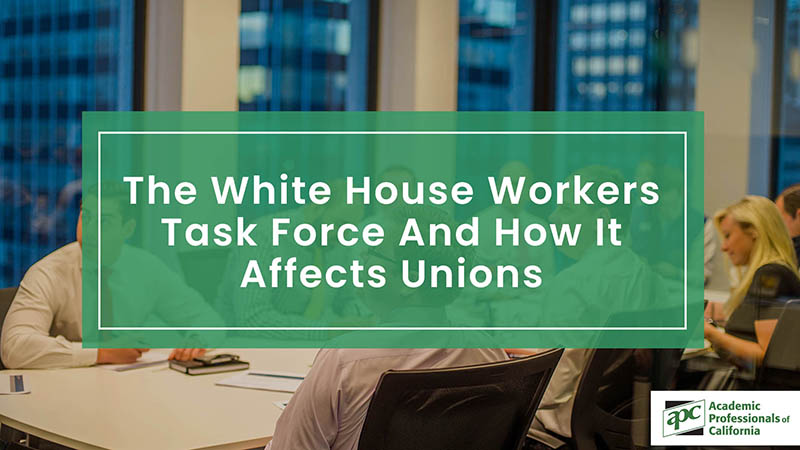We are nearing 100 years since The National Labor Relations Act (NLRA) was signed into law in July 1935. As a foundational statute in federal government policy, the NLRA was created to encourage and guarantee the right for workers to organize trade unions, bargain collectively, and take community action such as picket lines and strikes for social change and progress. The goal of that law was to do more than tolerate the growing calls for change, instead implement and uphold them. Administrations in decades past have used more cautious approaches to support workers’ rights and never fully embraced enacting tangible measures – until now.
President Biden and Vice President Harris believe the decline in union memberships have had detrimental effects on societal and economic progress like the impediment of livable wage increases, extensive socio-economic inequality, and the decline of the American middle class. President Biden understands that unions are important to improving wages, benefits, and work environments for all workers – including closing the pay gap for women and workers of color – in their workforce, within their communities, and for the state of our democratic government as a whole.
In April 2021, President Biden signed an Executive Order to establish The White House Task Force on Worker Organizing and Empowerment, which would focus on championing workers’ rights and boosting union membership through a comprehensive whole-of-government approach towards empowering workers to organize, bargain collectively, and enact social change across the country.
What Does the Task Force Do?
The mission of the White House Task Force is to effectively mobilize federal government policies, programs, and practices to equip and enable workers in organization and bargaining power with their employers. This can equip marginalized workers, including women and people of color, with the power to challenge restrictive labor laws and enable workers who lack labor protections or have trouble unionizing in their industry. The Task Force plans to achieve four major objectives in support of unions and workers’ rights. They include:
1) Leading By Example
Holding the federal government accountable to uphold the standard of being a model employer in actions and policies by respecting and encouraging worker organization and collective bargaining power throughout its own workforce.
2) Facilitating Nationwide Organizing Power
The whole-of-government approach is meant to mobilize the federal policies, programs, and practices to provide opportunity for workers to organize and bargain. This includes working with community leaders to gain valuable feedback on future initiatives and federal policies.
3) Giving Power Back to Underserved Communities
By addressing the specific challenges of marginalized and underserved communities that are affected by restrictive labor laws, the Task Force will heighten awareness and campaign to remove barriers for them to work, organize, bargain, and advance in their industries.
4) Increasing Union Membership
Their goal is to grow a more inclusive and diverse middle class and provide workers the opportunity to grow in mutual advancement and retain dignity, respect, and fair compensation.
The White House Task Force includes 20 Cabinet members and heads of agencies, with Vice President of the United States Kamala Harris who will serve as Chair as well as Labor Secretary Marty Walsh who was named Vice Chair. The other members of the Task Force are leaders in their Cabinet and understand that collaborating with community leaders, social change activists, and advocacy groups within the labor movement is vital to its success.
How Does This Affect Unions?
The Task Force has already made historic strides with the Biden Administration endorsing the Protecting the Rights to Organize Act (PRO), earlier this year. The PRO Act would be particularly helpful for private and public education sectors that have already established union practices and protections for academic professionals across disciplines. Issues like higher workloads and lower wages, unsatisfactory working conditions and a lack of job security, and higher expectations and diminishing career prospects for college graduates could significantly improve if provisions from the PRO Act get passed through the Senate reconciliation bill in 2022.
The American Jobs Plan could equalize the labor movement even more by investing millions towards trade workforce development, accessible resources for job training, and apprenticeships. This is a major public investment bill that would use invested tax funding to support community violence prevention programs, promote partnerships with higher education institutions and employers to bridge gaps between in-demand sectors and underrepresented talent, and bolster protections from employers who use intimidation tactics or exclusion clauses to prevent workers from organizing or joining a union in a whole scope of industries.
This is a once-in-a-generation labor movement that could see tangible change where the American people have a clear message, a strong voice, and a resounding impact on generations to come.
For more information on APC and how we work for Unit 4 Employees’ rights, contact your local campus steward today.

